- Home
- Get Help for Addiction
- Alcoholism and the Elderly
Alcoholism and the Elderly
Previous research has shown that with age, the level of hazardous drinking is lower, and the prevalence of non-drinkers increases.
However, it has been noted that the contemporary generations drink more than previous ones, and with a longer life expectancy comes a higher average intake of alcohol.
Just as age can impact physical and mental capabilities in a wide range of ways, it can also have a significant impact on how alcohol affects us.
Alcoholism And The Elderly: Statistics
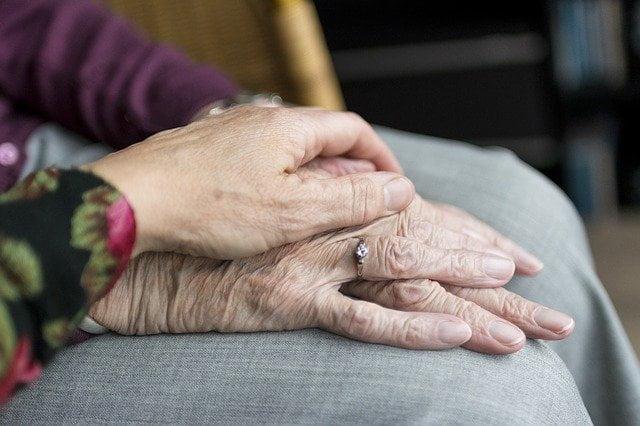
In 1991 there were over 10.6 million people of pensionable age, a significant increase from 1971 (16% rise).
This is expected to increase further: by the year 2031, the amount of pensioners is said to be 38% higher, standing at around 14.6 million people.
This also includes the number of people over 85, doubling from 2010 to 2030.
Despite consuming less in one sitting than other generations, elderly people drink much more often, sometimes daily.
This is where elderly people run into health issues as their bodies cannot handle what they used to, and their tolerance has dropped massively.
Frequency
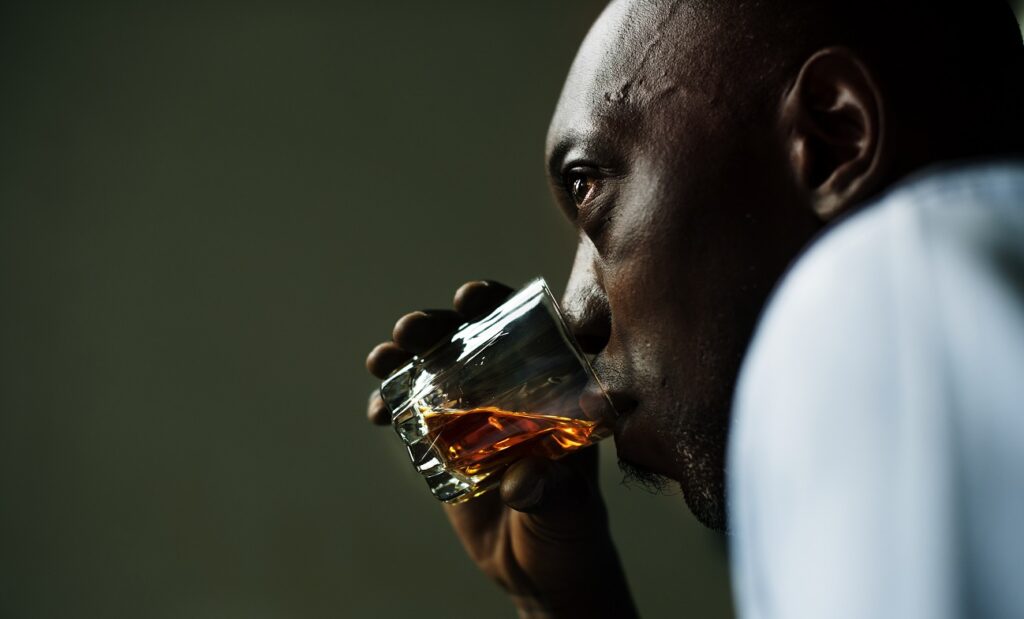
From 2005 to 2011, the amount of elderly people consuming alcohol more than 5 days a week has remained above the average drinking rate for adults.
This suggests that the elderly drink less on a single occasion, but drink more often over the course of the week that other generations.
- The amount of over 65-year-old males who drank more than 5 times a week was around 25% in 2011. This was 16% higher than the average amongst the rest of the age groups.
- The number of females over 65 years old who drank more than 5 times a week is 13%. This is 9% below the average for females across all other age cohorts and generations.
Popularity
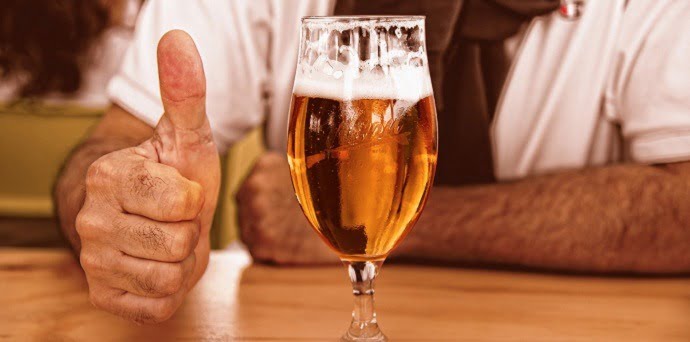
According to the office of national statistics, the most popular alcohol for men is normal strength beer and cider, followed by wine.
For women, wine and spirits are the most popular in the elderly cohorts.
Alcohol is the most prevalent substance in the elderly population.
It has been estimated that 1 in 3 elderly people suffer from alcohol abuse, with possible disorders.
Binge Drinking

In 2019, it was estimated that more than 10% of those aged over 65 are involved in more than one binge-drinking episode every month.
Binge drinking is consuming more than enough alcohol to bring the blood level concentration to 0.008 g/dl, or above.
For women this means consuming over 4 drinks in 2 hours, whilst for men it means consuming more than 5 drinks in 2 hours.
Types Of Drinking
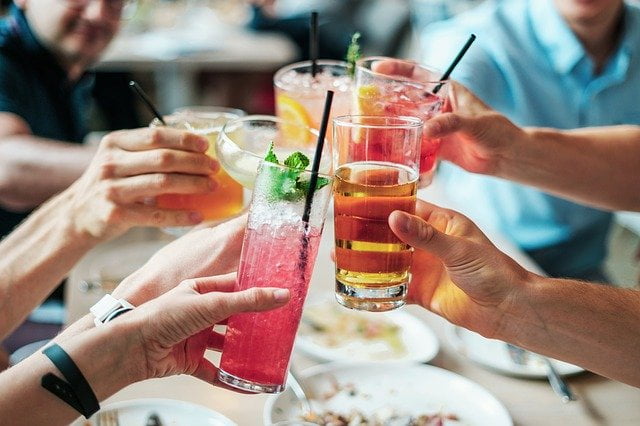
According to recent research, there are 3 different types of elderly drinkers: survivors, reactors and binge drinkers.
1. Early-onset drinkers (Survivors):
Early-onset drinkers are those who have had a continuous problem with alcohol throughout their life, one that developed quite early on.
This has shortened their life span due to health risks that are connected to harmful drinking and alcohol dependency.
The life span is shortened by around 10-15 years.
2. Late-onset drinkers (Reactors):
Late-onset drinkers start to develop a difficult relationship with alcohol in the later years of their life.
This is often a response to traumatic events such as death, loneliness or pain.
3. Intermittent (Binge drinkers):
Intermittent binge drinkers only use alcohol occasionally, but most likely in large amounts and in excess.
This is going to cause them health problems.
Researchers have found that both late-onset drinkers and binge drinkers have a high chance of managing their alcohol dependency if they have access to and knowledge of proper support and treatment.
How Does Alcoholism Affect The Elderly?
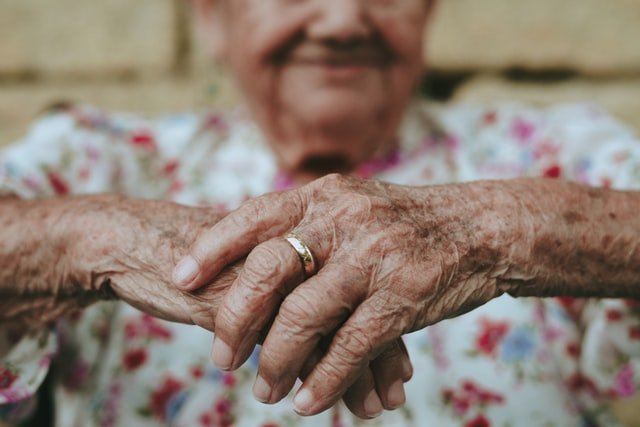
When you get older, odds are your body cannot cope with the level of alcohol you used to drink.
There is an extensive range of effects that alcohol has on you that comes with age, some of these include:
- Alcohol sensitivity and tolerance
- Dehydration and balance
- Health implications
- Medication interactions
Blood-Alcohol Content

Increased sensitivity to alcohol includes the experience of reduced enzyme activity.
This enzyme, ‘alcohol dehydrogenase’ is meant to break down alcohol when it enters your body.
When you age, the levels of enzymes drop, which can lead to increased levels of alcohol in your blood for a prolonged period of time.
In addition, elderly people tend to have a leaner body mass and struggle to keep weight on.
This also results in more alcohol in their blood as it is said that alcohol concentration and body mass are definitely linked.
Dehydration

In older people, alcohol can put them at risk of dehydration because of:
- A decreased sense of thirst
- The decline in renal function
- A smaller body mass
This dehydration can cause imbalance, which can lead to falls and the breaking of fragile bones.
A recent study found that more than 40% of falls in 30,000 elderly people were caused by dehydration.
Injury

In our elderly population, alcohol is the biggest danger regarding falls, accidents, unintentional injuries and ill health.
This is due to the changes that alcohol has on the physical body such as dehydration and balance, and cognitive changes such as memory loss.
The greatest number of fatal falls happen to those over 60 years old, and more than 1 in 3 elderly adults suffer serious injuries such as fractures.
It is not only dehydration that is caused by drinking.
Other health conditions that are linked to alcohol are:
- Diabetes and high blood pressure
- Heart failure and liver issues
- Memory and mood problems
The older generations tend to already be on medication for medical issues, and alcohol can interfere with these, or give adverse side effects.
Some medication, over the counter or prescription, can turn deadly once mixed with any type of alcohol.
More than 90% of the older population take medicine for health conditions, and around 1 in 5 of these medications become dangerous once mixed.
How To Tell If An Elderly Person Is Misusing Alcohol

It becomes difficult to notice whether elderly people are abusing alcohol due to the standard effects of alcohol on elderly people.
Their bodies do not process the concentration at the same rate as younger people and suffer from greater intoxication for a longer period of time.
Regular signs such as confusion, memory loss and falls can be attributed to medication, general ageing and other variables.
It has also been noticed that most old people do not tell their GP the true amount they are consuming out of fear of judgement, so the statistics may be lower than they should be.
However, some signs to look out for include:
- Poor self-hygiene
- Missing appointments or social events
- Recurring accidents and falls, frequent visits to A&E or the doctors
- Financial problems
- Lies and secrets
The first step of sobriety or helping someone with a dependency is getting them to acknowledge that they have a problem.
CAGE

One way to do this is to do the CAGE questionnaire, an alcohol screening tool that can determine if someone in the elderly population has a dependency on alcohol or not.
The CAGE questionnaire consists of 4 main questions, that can be expanded if substances such as drugs are a further worry.
- Have you ever felt you should cut down on your drinking?
- Have people annoyed you by criticizing your drinking?
- Have you ever felt bad or guilty about your drinking?
- Have you ever had a drink first thing in the morning to steady your nerves or get rid of a hangover (eye-opener)?
Each of these 4 questions is scored on a yes or no basis.
With each yes, your likelihood of alcohol dependency increases.
The CAGE-AID questionnaire is the modified version to include drug use if that is a potential worry:
- Have you ever felt you ought to cut down on your drinking or drug use?
- Have people annoyed you by criticizing your drinking or drug use?
- Have you felt bad or guilty about your drinking or drug use?
- Have you ever had a drink or used drugs first thing in the morning to steady your nerves or to get rid of a hangover (eye-opener)?
Researchers have found that both of these questionnaires are said to be around 90% effective at recognising drug and alcohol abuse.
FAST

Another way to test your or a loved one’s alcohol issues is the FAST questionnaire.
The Fast Alcohol Screening Test was primarily developed for the emergency departments at hospitals, but it is now commonly used by GPs.
You start by answering 4 questions, and if you are scored as ‘fast positive’ you are asked to complete the following 6 questions of the questionnaire.
- How often have you had 6 or more units if female or 8 or more if male on a single occasion in the last year?
- How often during the last year have you failed to do what was normally expected from you because of your drinking?
- How often during the last year have you been unable to remember what happened the night before because you had been drinking?
- Has a relative or friend, doctor or other health worker been concerned about your drinking or suggested that you cut down?
To be fast positive, you must score 3 or above, meaning you must finish the rest of the questionnaire.
Scoring:
- 0 to 7 indicates low risk
- 8 to 15 indicates an increasing risk
- 16 to 19 indicates a higher risk
- 20 or more indicates possible dependence
If a persons scores above a 7 on the FAST questionnaire or over 2 on the CAGE questionnaire, it might be time to think about getting them help.
This usually starts with intervention, before thinking about rehab.
Interventions And Rehabilitation
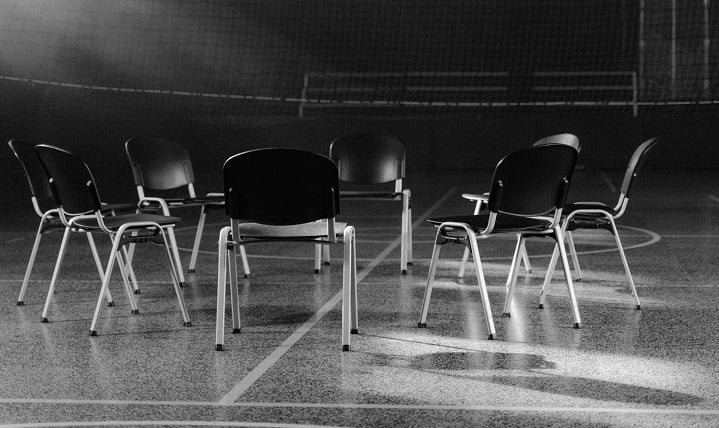
Knowing the array of interventions is critical; many people react differently to different types of interventions, such as family, group, individual and behavioural.
Everyone who suffers from addiction is unique, and so are interventions.
Not everything works for everyone, otherwise the rehabilitation process would be far simpler.
Interventions are aimed at preventing full-blown addiction and getting ready for therapy and rehabilitation.
Interventions are categorised into 4 variants:
- Simple intervention: This tends to be a one on one conversation rather than a standard confrontation, carried out by clinical professionals or loved ones.
- Classic intervention: During the classical intervention, everyone but the person that requires help is present. Also called the Johnson model intervention, this style of intervention is aimed at educating the participants and explaining to them how they play a part in support and treatment.
- Family system intervention: Family-style interventions are also called family framework methods. These are aimed at strengthening the family bond, and guiding training so that the bonds are not weakened by abuse, working together as a team rather than being emotionally distant.
- Crisis intervention: Crisis intervention is in the name; when the user is becoming a danger to themselves or others, safety must be a priority. This is a sudden intervention in order to get help as soon as possible.
One style of intervention that is commonly used in the CRAFT approach, which stands for Community Reinforcement And Family Training.
This intends to help the concerned others (COs), and is an adapted version of the CRA, the Community Reinforcement Approach.
Developed by Meyers and Miller in the 1970s, CRAFT is centred around reinforcement and motivation, rather than confrontation and aged styles of intervention.
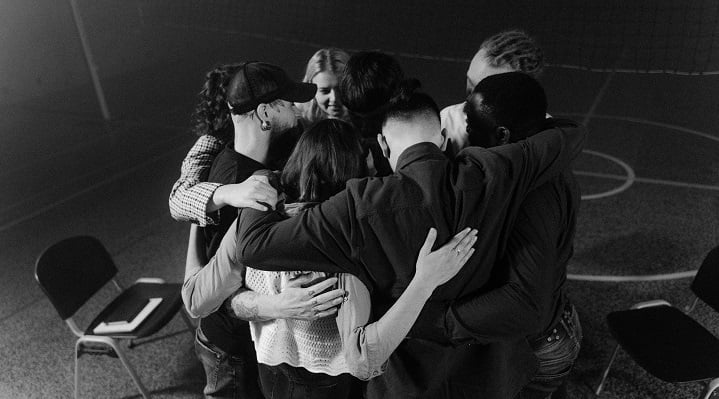
As with all interventions, the goal is to get the user into rehab or some kind of help.
For CRAFT, this is done using positive reinforcement:
- Positively rewarding pro-social and anti-using behaviour
- Letting the negative consequences happen of anti-social and pro-using behaviour
CRAFT is said to be around 75% effective at getting loved ones into treatment, including encouragement to participate in the community and prioritising mental health.
Get Help Today

Alcoholism can impact all of us, regardless of age.
If you are concerned about an older acquaintance and their alcohol use, or if you are concerned about your own relationship with drinking, the important thing to do is to get help.
That’s where we come in.
Rehab Recovery offers a professional, discreet and effective service to link you with the best rehab resources and support groups in the UK.
For a confidential and entirely free initial assessment, call us today.


